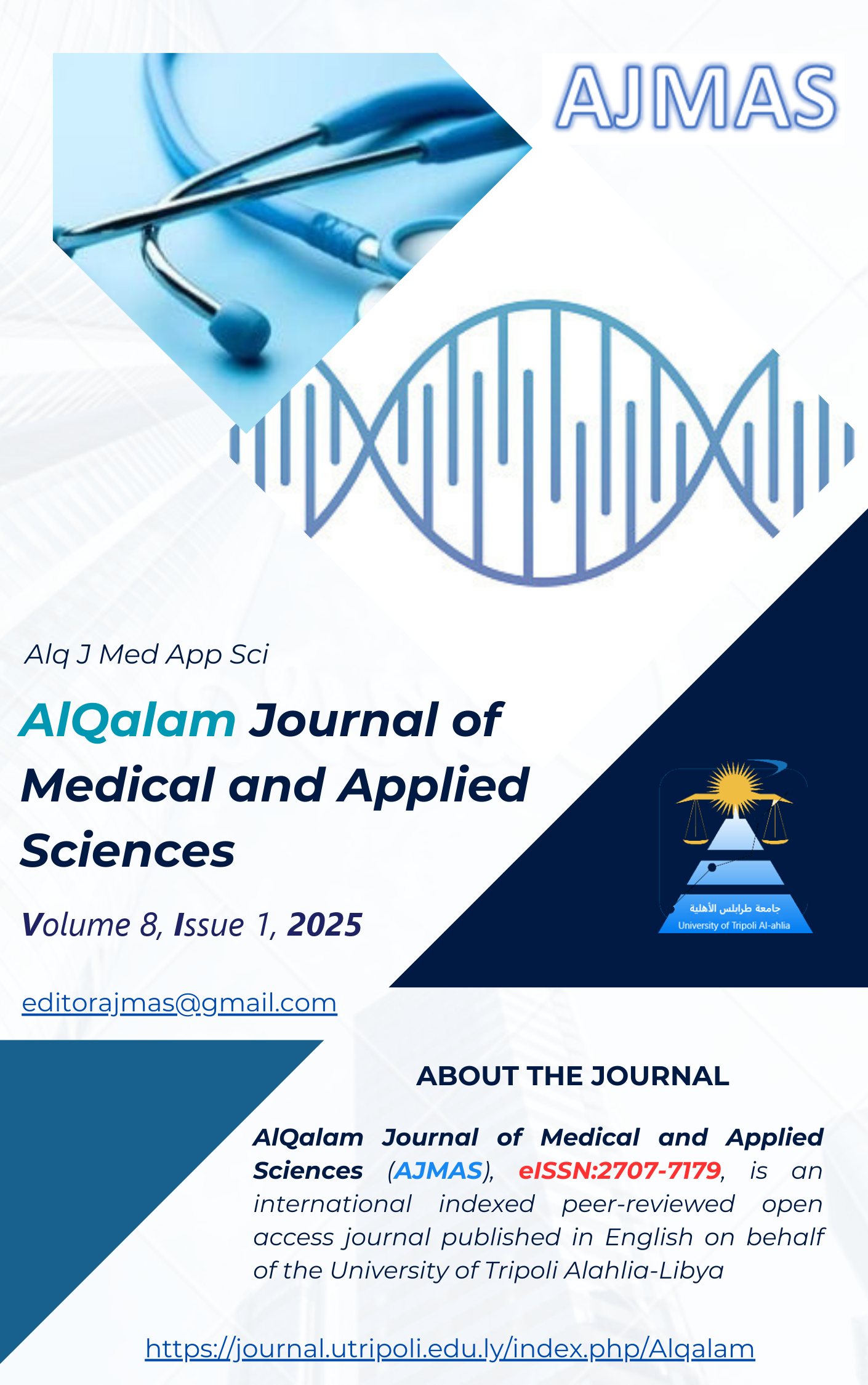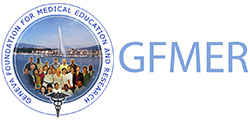Knowledge, Awareness, and Practice of CAD/CAM Technology Among Dental Students
DOI:
https://doi.org/10.54361/ajmas.258173Keywords:
Computer-Aided Design (CAD), Computer-Aided Manufacturing (CAM), Digital Dentistry, Dental Education, ProsthodonticsAbstract
The adoption of Computer-Aided Design/Computer-Aided Manufacturing (CAD/CAM) technology in dentistry has transformed clinical practices, but its integration remains limited among dental students. The purpose of this study is to evaluate the knowledge, awareness, and practice of CAD/CAM technology among final-year dental students. A descriptive survey was administered to final-year dental students across public colleges using a validated structured questionnaire. The instrument covered demographic characteristics, knowledge of CAD/CAM clinical applications, awareness of digital systems and materials, practical training exposure, perceived advantages, and implementation barriers. Descriptive statistical analyses were performed using SPSS software (version 21; IBM Corp.). Most participants (63.9%) were aware of CAD/CAM clinical applications, with crown/bridge fabrication (66.4%) and digital impressions (50.4%) being the most recognized uses. However, only 17.6% had attended CAD/CAM training. High cost (63.6%) and insufficient training (16.9%) were cited as key barriers. Despite this, 79% believed CAD/CAM represents dentistry’s future, and 66.4% preferred it over conventional methods. Gender differences emerged: males reported higher engagement with crown/bridge fabrication, while females recognized smile design and onlays/inlays more frequently. Materials like zirconia (51.3%) and E-Max (40.3%) were well-known, yet 38.7% lacked material knowledge. Final-year dental students demonstrate awareness of CAD/CAM, but practical adoption is hindered by cost and infrastructure challenges. Enhanced digital dentistry training in dental curricula could facilitate broader integration into clinical practice.
أدى اعتماد تقنية التصميم بمساعدة الحاسوب/التصنيع بمساعدة الحاسوب في طب الأسنان إلى إحداث تحول في الممارسات السريرية، إلا أن تكاملها لا يزال محدودًا بين طلاب طب الأسنان. تهدف هذه الدراسة إلى تقييم المعرفة والوعي والممارسة لتقنية التصميم بمساعدة الحاسوب/التصنيع بمساعدة الحاسوب بين طلاب السنة النهائية في طب الأسنان. أُجري استطلاع وصفي لطلاب السنة النهائية في طب الأسنان في الكليات الحكومية باستخدام استبيان مُنظم مُعتمد. غطت الأداة الخصائص الديموغرافية، ومعرفة التطبيقات السريرية لتقنية التصميم بمساعدة الحاسوب/التصنيع بمساعدة الحاسوب، والوعي بالأنظمة والمواد الرقمية، والتعرض للتدريب العملي، والمزايا المُدركة، وعوائق التنفيذ. أُجريت التحليلات الإحصائية الوصفية باستخدام برنامج SPSS (الإصدار 21؛ شركة IBM). كان معظم المشاركين (63.9%) على دراية بالتطبيقات السريرية لتقنية التصميم بمساعدة الحاسوب/التصنيع بمساعدة الحاسوب، حيث كانت صناعة التيجان/الجسور (66.4%) والطبعات الرقمية (50.4%) أكثر الاستخدامات شهرة. ومع ذلك، لم يحضر سوى 17.6% تدريبًا على تقنية التصميم بمساعدة الحاسوب/التصنيع بمساعدة الحاسوب. أُشير إلى التكلفة العالية (63.6%) ونقص التدريب (16.9%) كعائقين رئيسيين. ومع ذلك، رأى 79% أن تقنية التصميم بمساعدة الحاسوب تُمثل مستقبل طب الأسنان، وفضّلها 66.4% على الطرق التقليدية. وبرزت فروق بين الجنسين: فقد أفاد الذكور باهتمام أكبر بتصنيع التيجان والجسور، بينما تعرّفت الإناث على تصميم الابتسامة والحشوات/الحشوات الداخلية بشكل أكبر. وكانت مواد مثل الزركونيا (51.3%) وإي-ماكس (40.3%) معروفة جيدًا، إلا أن 38.7% منهم يفتقرون إلى المعرفة بالمواد. ويُظهر طلاب السنة النهائية في طب الأسنان وعيًا بتقنية التصميم بمساعدة الحاسوب. إلا أن التطبيق العملي يُعيقه التكلفة وتحديات البنية التحتية. ويمكن أن يُسهّل تعزيز التدريب على طب الأسنان الرقمي في مناهج طب الأسنان دمجًا أوسع في الممارسة السريرية
Downloads
Published
How to Cite
Issue
Section
License
Copyright (c) 2025 Sara Hwisa, Fatma Esmeda, Amjed Alrimieh, Khalid Omar, Ali Milad

This work is licensed under a Creative Commons Attribution 4.0 International License.














